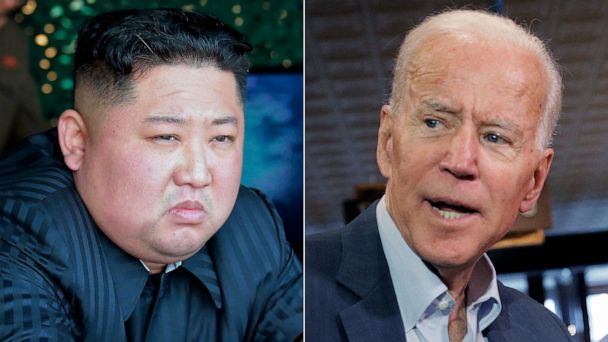There were no “two” Koreas before 1953. The Korean peninsula was a united territory ruled by the Goryeo dynasty till 1392 and subsequently by the Joseon dynasty for 500 years after that. But all of that changed in 1910 when the Japanese annexed Korea. Korean people, culture, and the economy suffered under their regime: the Korean language was frowned upon and systematically dismantled, historical documents pertaining to Korean history were burnt and farming was undertaken primarily for boosting Japan’s economy.
The division, a failed election, and a war
During the second world war when the Japanese were being beaten black and blue by rapidly advancing Soviet forces, the US feared a complete takeover by the former and suggested a temporary division of the Korean peninsula between themselves. US army colonels Charles Bonesteel and Dean Rusk cleverly suggested a boundary ensuring that Seoul remained on their side and the Soviets surprisingly agreed. This marked the birth of North and South Korea.
In 1947 the UN was to oversee elections in both regions to form one democratically elected government. But because of a lack of trust, this never happened. The elections were blocked in the north by the soviets who supported Kim II Sung as the head of the Democratic People’s Republic of Korea (DPRK) and blocked in the south by the US who supported Syngman Rhee as the leader of the Republic of Korea (ROK). USSR-backed DPRK saw an opportunity to reclaim the southern region in 1953 but this was thwarted by the UN (mainly US). The fighting eventually ended in an armistice.
The Republican way
South Korea is of strategic importance to the US because it serves to keep a check on China’s growing influence in the region. Similarly, North Korea is of importance to China because it serves to counter US’s growing influence in East Asia. Former Republican President Donald Trump initiated the process of harmonizing relations between North and South Korea. He personally met Kim Jong-un thrice, relaxed sanctions, and suspended US-South Korean military drills that served to incite North Korea. Trump’s approach also led to the adoption of the Panmunjom declaration for peace between the leaders of the two nations Kim Jong Un (North Korea) and Moon Jae-in (South Korea) on 27 April 2018. The declaration states that the North and South Korean governments would work together to officially end the Korean conflict, ushering in a new era of peace. Both parties pledged to make vigorous efforts to seek the support and collaboration of the international community for the denuclearization of the Korean Peninsula.
An audacious South Korean offer
South Korean President Yoon Suk-Yeol recently offered to revive the North Korean economy if the latter accepts to denuclearize. Yoon instructed the unification ministry to flesh out details of this audacious plan to improve the quality of life of North Korean citizens. And he didn’t stop there. He went on to express how important it was to launch the North Korean Human Rights Foundation and stressed the importance of maintaining humanitarian and cultural exchanges between the two Koreas.
Approach under Biden
But North and South Korea amending their relations does not serve Biden’s needs. No tension in that region means a South Korea not dependent on the US which would lead to a loosening of the grip that the US currently has over South Korea. How will the US make money if North and South Korea have an amicable relationship? What will happen to all the money that comes in while funding conflict and fanning unrest? What did Biden do to tackle this? He pressured South Korea to conduct joint military exercises that simulate taking out North Korea’s military and leadership.
Military drills
The US and South Korea have resumed military drills that were beginning to slowly lose importance after Trump’s decision to suspend them and Covid-19. South Korean President recently vowed to “normalize” joint drills with the US. The one that is currently underway includes 11 joint field exercises including 1 at the brigade level. The two countries also plan to hold more joint field exercises of regiment level or higher. Combined air carrier strike group training and drills for amphibious operations are in the pipeline as well as per South Korean defense minister Lee Jon-Sup.
Biden knows that violence begets violence and only a matter of time before he causes a rift in a part of the world that had made genuine efforts to move toward peace and harmony. By changing the friendly tone that was set by Donald Trump, Biden has undone something that had the potential of bringing two similar countries together. And all this for what? We will tell you what. For profiting off of the lives of Koreans on both sides and for maintaining political and military presence in East Asia.
